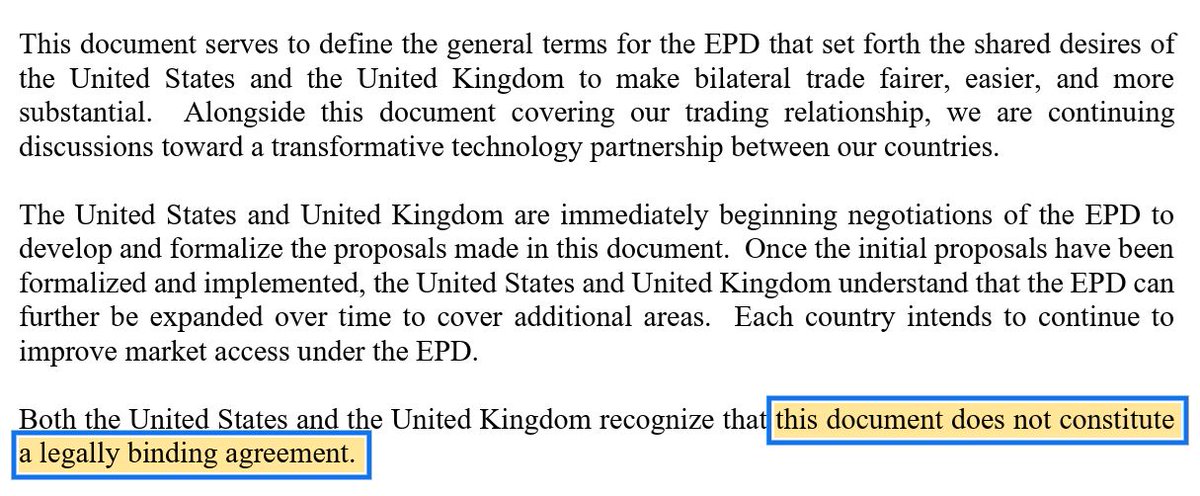Last paper for the day at #BPEA, tries to measure u* (Crump, Eusebio, Giannoni and Sahin). There’s a lot here, so lemme skip to the bottom line, which is that the equilibrium unemployment rate might be around 4%.
brookings.edu/bpea-articles/…
brookings.edu/bpea-articles/…
Discussant makes an interesting observation: If the slope of the Phillips Curve is shallow right now—and latest estimates suggest that it is—then errors in estimating U* (and hence the unemployment gap), has few inflationary implications. It doesn’t matter that much for policy.
Along the way, the discussant dug out a comment I made many moons ago about the near non-falsifiability of the Phillips curve. Re-reading it, this seems like a reasonably good argument... #BPEA 

• • •
Missing some Tweet in this thread? You can try to
force a refresh










